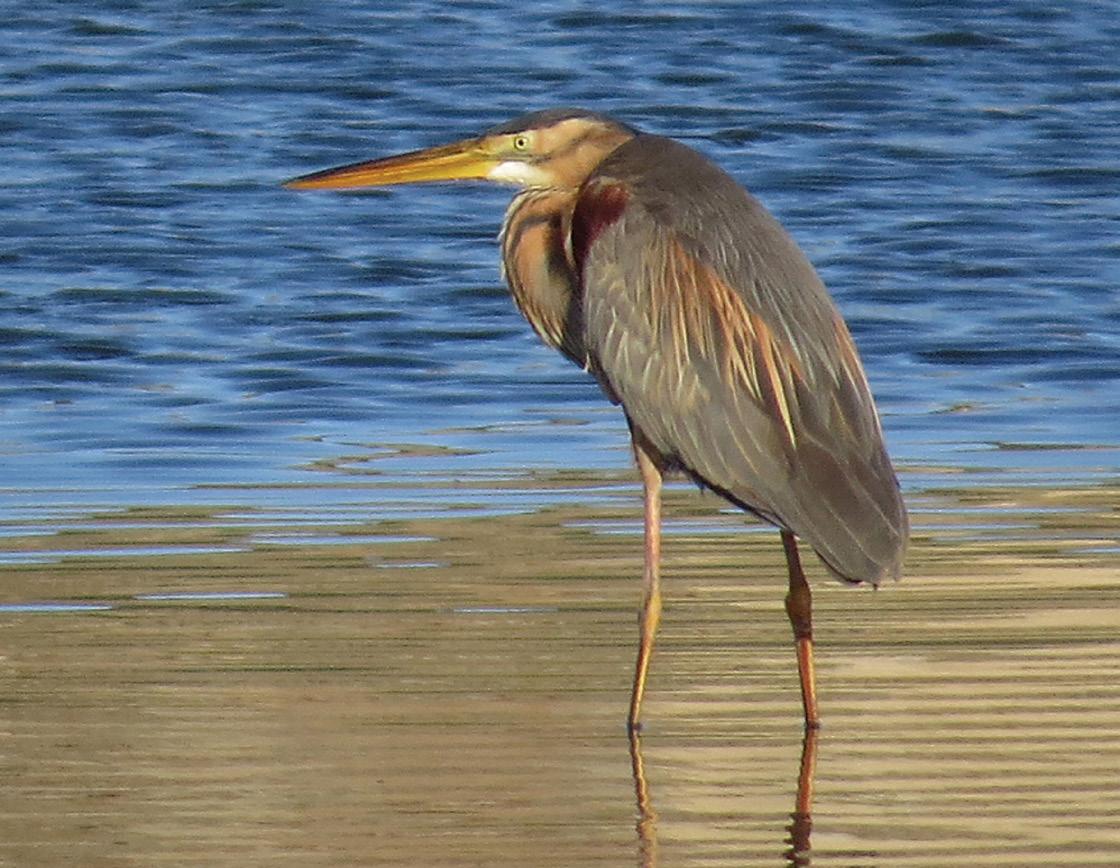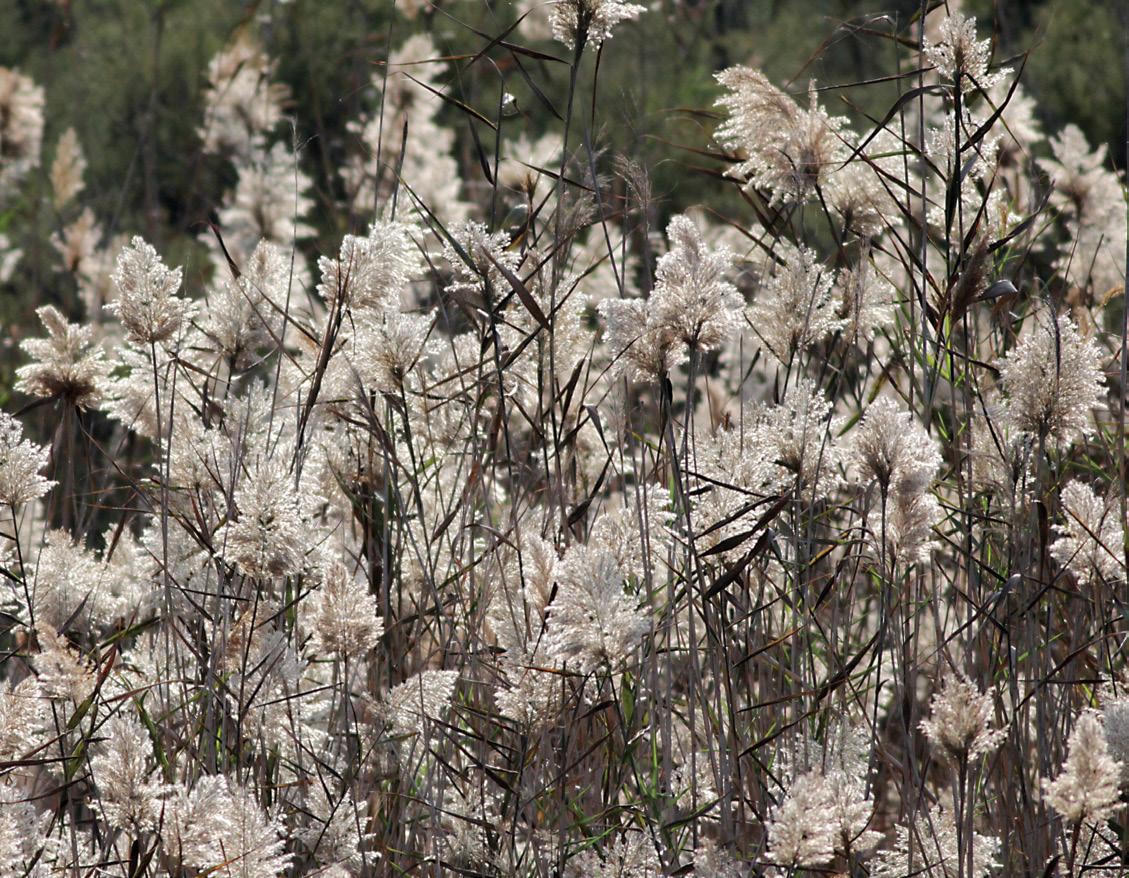
2 minute read
Nature at our reserves: Simar
Opening hours September to May Tuesday 2pm-6pm Friday 2pm-6pm Sunday 10am-4pm Entrance free Please check COVID-19 restrictions! More info at http://bit.ly/SimarNatureReserve
Two species of gecko occur in Malta, and the larger of the two is the Moorish Gecko. As its Maltese name suggests, it occurs mostly in rural areas, so nice sheltered spots in the countryside, e.g. the birdwatching hides at Simar, are ideal for this beautiful reptile to shelter from the elements, and to keep the birders company! The Moorish Gecko is usually brownblack in colour but can be a pale mottled brown or even dull yellowish. It is strictly carnivorous, feeding mainly on insects, especially moths (so much for the stories that geckoes have eaten nanna’s precious indoor plants). Although mainly nocturnal, it often basks by day on nice sun-warmed surfaces. Like all our other reptiles, the Moorish Gecko is protected in Malta.
Advertisement

Moorish Gecko
Purple Heron
Russett Aħmar Ardea purpurea
A flock of Purple Herons sailing overhead is as eyecatching as any aircraft display. But it’s a different story on the ground: for all its large size, the Purple Heron virtually disappears if it chooses to stand still near a bunch of reeds. The reddish brown plumage on the head, neck and front, and the streaky patterns on the body blends the bird perfectly with the background. For bird lovers, seeing a Purple Heron is a precious experience, as the species has dwindled considerably in Europe in recent decades. This is largely due to the destruction of its reedbed and wetland habitats – and trigger-happy hunters certainly do not help the situation. Which is why protected wetlands like Simar are vital for Purple Herons and other species.

Purple Heron
Common Reed
Qasbet ir-Riħ Phragmites australis
Don’t worry, it’s not from Australia! Australis simply means southern, the Common Reed is quite native to Malta and its presence at Simar perfectly appropriate. Indeed, this giant grass creates a habitat there – namely reedbed – that has declined in our country, and that’s because we lack the wetlands where this species flourishes. Thankfully, the Common Reed can live in saltmarshes, so it has thrived at Is-Simar. A reedbed may look monotonous, being a swathe of the same plant species. But the reed’s undergrowth provides excellent cover and breeding ground for shy birds like herons and rails, and harbours a rich community of invertebrates. And that’s always good news for many hungry birds out for a snack.









